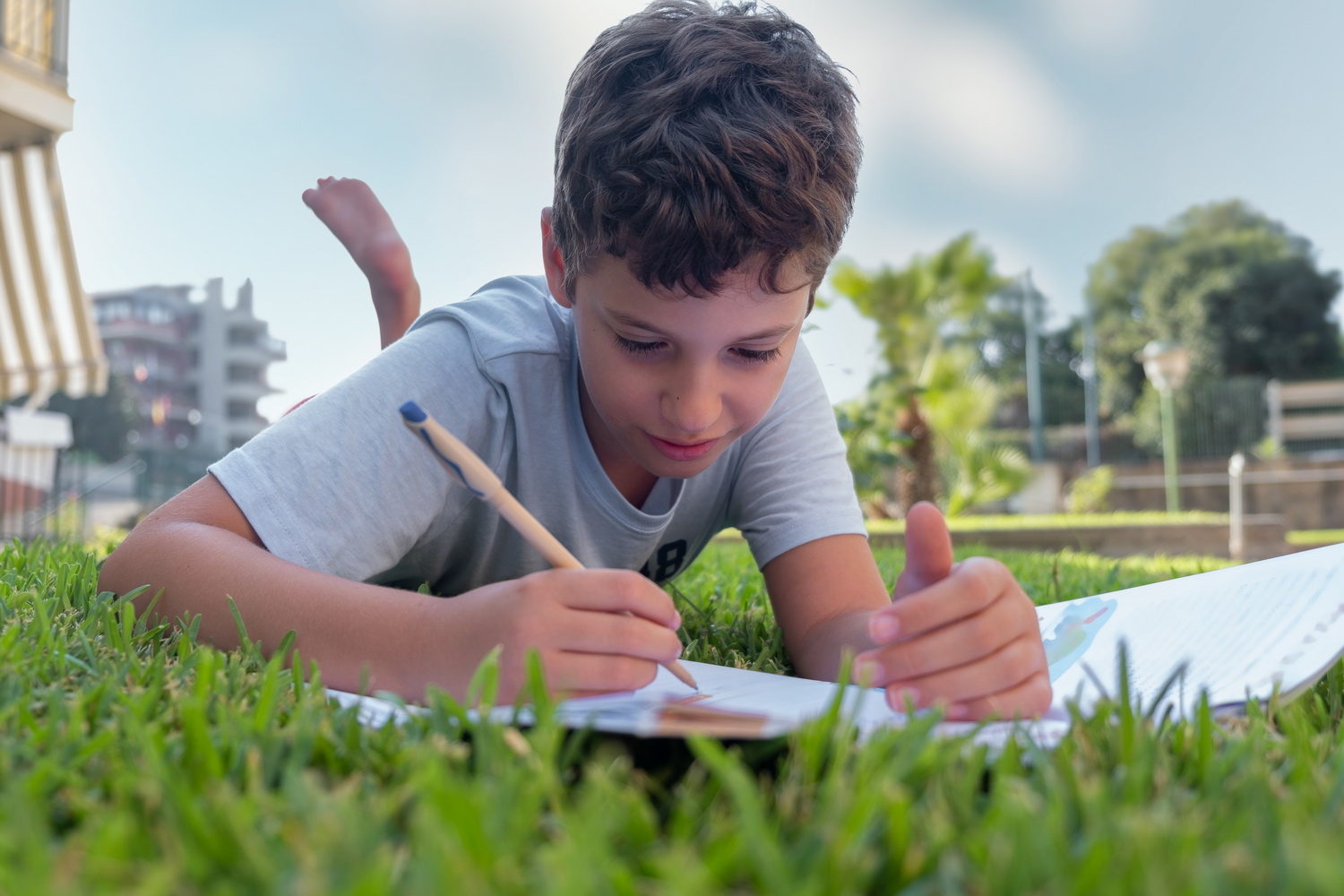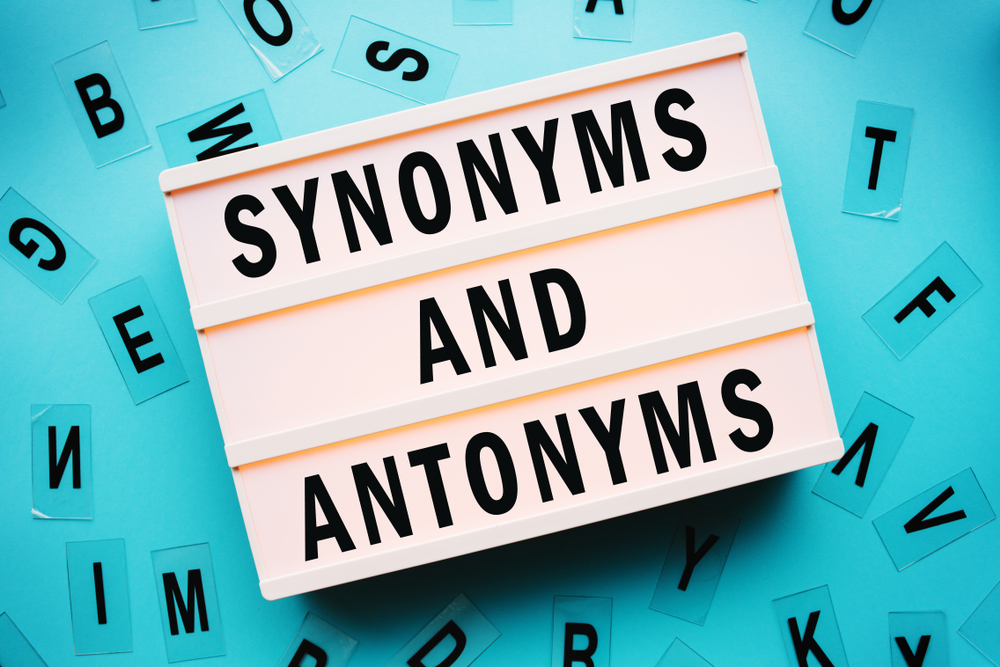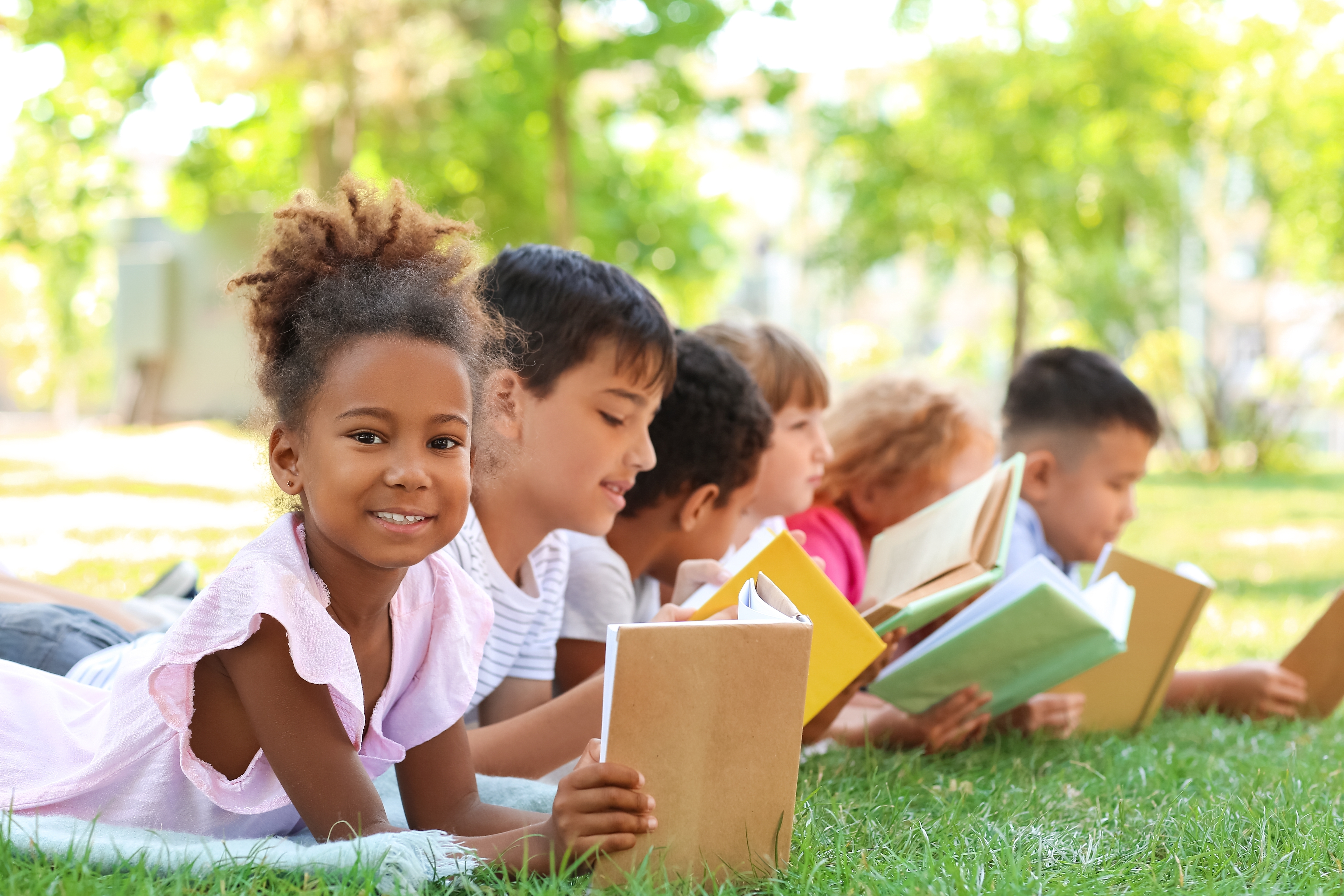Color recognition Reading Fiction Worksheets for Ages 4-6
6 filtered results
-
From - To
Discover a fun and engaging way to enhance color recognition skills with our Color Recognition Reading Fiction Worksheets designed for children ages 4-6. These printable worksheets blend captivating stories with colorful illustrations, making learning both enjoyable and effective. As young readers explore vibrant tales, they will identify and name various colors, enhancing their vocabulary and comprehension. Each activity reinforces essential reading skills while sparking creativity and imagination. Ideal for parents and teachers, these worksheets provide an excellent resource for developing early literacy skills in a playful manner. Dive into a world of colorful adventures and set the foundation for a lifelong love of reading!


Pre–reading Worksheet: What Do You See?


Little Blue Belle Worksheet


Twinkle Twinkle Little Star Coloring Page
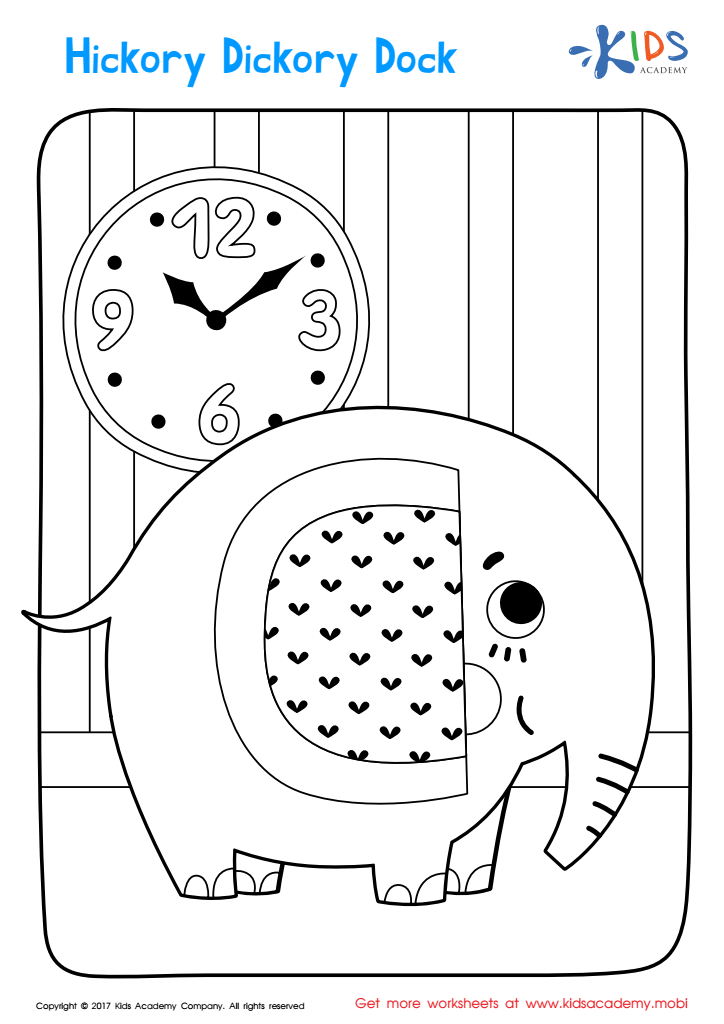

Hickory Dickory Dock Coloring Page
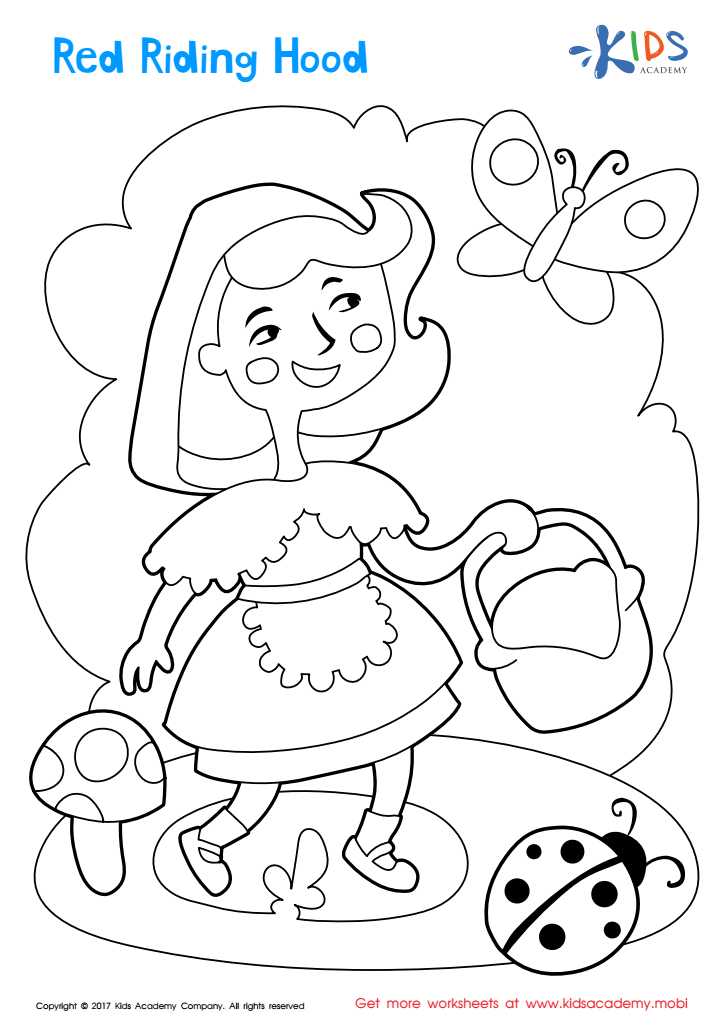

Red Riding Hood Coloring Page
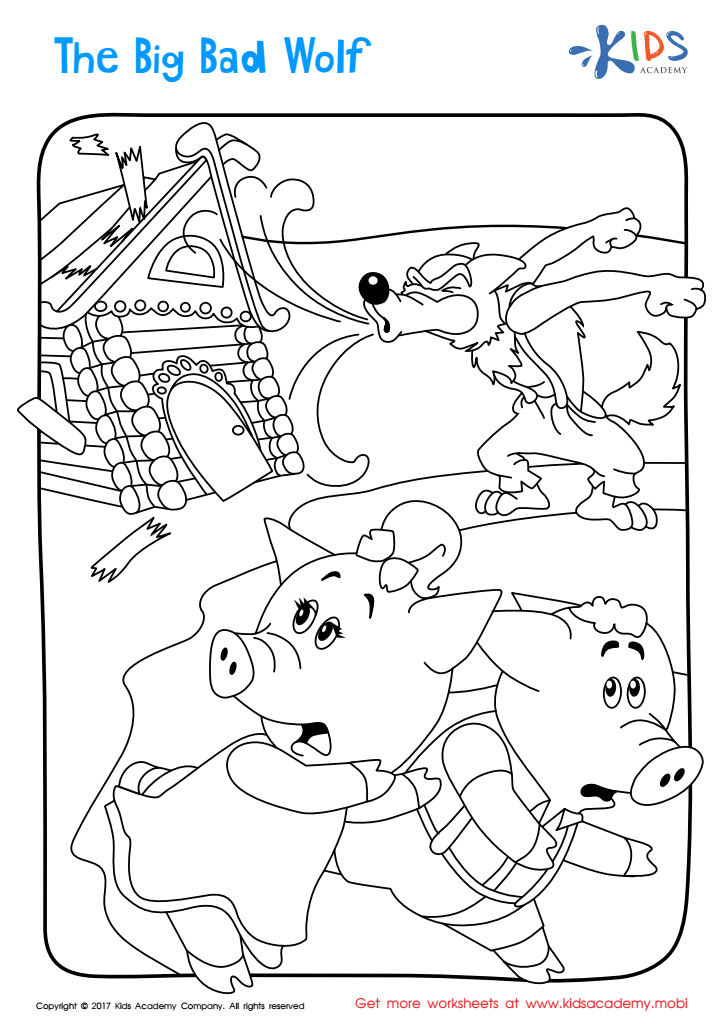

Big Bad Wolf Printable Coloring Page
Color recognition is a fundamental aspect of early childhood development and plays a significant role in reading fiction for ages 4-6. For parents and teachers, understanding the importance of this skill in the context of storytelling can enhance a child's cognitive and linguistic abilities.
Firstly, recognizing colors helps children make connections between visual stimuli and verbal language. As they engage with illustrated stories, children learn to identify and describe colors associated with characters, settings, and objects, enriching their vocabulary and comprehension skills. For example, asking a child to identify the "red cape" in a picture can develop both color recognition and storytelling coherence.
Secondly, colors often carry symbolic meanings in fiction. Teachers and parents can use these meanings to initiate discussions about emotions and themes, helping children grasp the story's deeper messages. This interaction promotes critical thinking and boosts engagement with text.
Additionally, improved color recognition is linked to other foundational literacy skills. Children who can recognize and name colors often excel at categorization, sorting, and pattern-making, which are crucial for future learning experiences.
Ultimately, fostering color recognition alongside reading ignites creativity, critical thinking, and a love for literature, making it an essential focus for educators and parents alike.

 Assign to My Students
Assign to My Students








